Introduction
Spring is a time of renewal and vibrant transformations, when the earth seems to awaken in a tapestry of colors. Among these colors flit the whimsical butterflies, admired for their beauty and elegance as they flitter from flower to flower. Did you know that butterflies are not just enchanting creatures, but also essential contributors to our ecosystems? They play a pivotal role in pollination, acting as nature’s tiny gardeners, and help maintain biodiversity.

Creating a butterfly garden not only beautifies your space but also supports the critical ecological balance by providing a sanctuary for these delicate pollinators. It’s a rewarding endeavor that allows us to contribute to the conservation of these fascinating species. Moreover, when you plant native flowers, you ensure that the butterflies receive the right nectar and habitat they need to thrive. This guide will walk you through the steps to design and cultivate a successful spring butterfly garden using native flowers, with some recommended plants from Plantology along the way.
Understanding Butterflies and Their Needs
The Role of Butterflies in the Ecosystem
Butterflies are more than just pretty insects. They serve critical functions in ecosystems worldwide. One of their most significant roles is as pollinators. In their quest for nectar, butterflies inadvertently move pollen from one flower to another, facilitating plant reproduction. This process is essential for the survival of many flowering plants, which in turn support a wide variety of wildlife.
Beyond pollination, butterflies are also key indicators of a healthy environment and ecosystem. Their presence signifies a robust ecological balance, while a decline in their numbers may be a warning sign of environmental issues. Additionally, butterflies serve as a food source for birds, amphibians, and other insects, thus maintaining the biological web.
Basic Butterfly Needs
Sunlight
Butterflies are cold-blooded creatures and rely on sunlight to warm their bodies. Hence, it’s crucial to design your butterfly garden in a sunny location. Sunlight exposure also enhances the growth of nectar-producing flowers, which are vital for the butterflies’ diet.

Water Sources
Butterflies require water not just for hydration but also for essential nutrients. Creating small puddles, moist sand, or shallow bird baths in your garden can provide these gentle creatures with accessible water sources. Avoid deep or flowing water sources, which can pose a risk to these small insects.
Shelter and Safety
Protection from predators and harsh weather is another need for butterflies. Dense plantings, low shrubs, or strategically placed logs and rocks can offer them safety and rest. Ensure that your garden provides sheltered nooks where butterflies can hide from threats.
Nectar and Host Plants
Nectar plants give adult butterflies food, while host plants are necessary for laying eggs and feeding caterpillars. A garden rich in both types of plants supports the entire life cycle of a butterfly, from egg to adult. Including a variety of native plants will cater to the diverse species of butterflies found in your area.
Planning Your Butterfly Garden
Site Selection
Choosing the right site is pivotal for a successful butterfly garden. Look for areas that receive ample sunlight throughout the day, since most butterfly-friendly plants require full sun to thrive.

Soil Considerations
Evaluate your soil type and quality, as different plants have varied soil preferences. Many native plants are adapted to local soil conditions. You may need to amend the soil with organic matter to enhance its fertility and drainage.
Garden Design
Design your garden layout considering the flight patterns and habits of butterflies. Plant in clusters, rather than single plants scattered throughout, to create a substantial source of nectar and make it easier for butterflies to locate their food.
Create Different Plant Heights
A garden with varying heights not only looks visually appealing but also provides diverse habitats for different butterfly species. Taller plants offer perches, while smaller ground covers can be excellent host plants.
Incorporate a Water Feature
Adding a shallow water feature or a bird bath with stones can become a favorite gathering spot for butterflies to drink and bathe. Ensure it’s placed in a sunny location where butterflies are likely to congregate.
Selecting Native Flowers for Butterflies
Why Native Plants?
Native plants are vital for supporting local wildlife. They provide the appropriate nectar that native butterflies have evolved to feed on and are well-suited to your region’s soil and climate conditions, reducing the need for fertilizers and excessive watering.

Top Native Flowers for a Butterfly Garden
- Milkweed (Asclepias spp.): Essential for Monarch butterflies, who use it as a host plant for their caterpillars.
- Coneflower (Echinacea purpurea): Known for its vibrant colors and rich nectar, attracting a variety of butterflies.
- Black-eyed Susan (Rudbeckia hirta): Offers both nectar and seed heads for feeding butterflies and other wildlife.
- Bee Balm (Monarda spp.): A fragrant plant that is loved by butterflies and hummingbirds alike.
- Asters (Symphyotrichum): Late-season bloomers that provide crucial nectar for migrating butterflies.
Spacing and Planting Tips
When planting your butterfly garden, consider the eventual size and space needed for each plant. Providing adequate room for growth will enhance airflow, reduce plant diseases, and minimize competition for nutrients.
Maintaining Your Butterfly Garden
Watering and Mulching
Regular watering is crucial, especially in the early stages of your garden’s development and during dry spells. Mulching can help retain soil moisture, suppress weeds, and improve overall plant health.
Pest Management
Encourage biodiversity by letting natural pest control agents, such as ladybugs and predatory birds, take charge. Avoid using pesticides, as they can harm butterflies and other beneficial insects.

Seasonal Care
Different seasons bring different requirements for your garden. Spring involves planting and observing new growth, while fall might call for the cutting back of certain plants and preparing beds for winter.
Long-term Planning
Reflect upon what worked and what didn’t at the end of each season to enhance your garden in subsequent years. Consider documenting plant performance and butterfly visitors to better understand your garden’s dynamics.
Inviting Butterflies with Additional Features
Adding Butterfly Houses
Butterfly houses can provide additional shelter and attract more butterflies to your garden. Place them in sunny locations and decorate with colors to catch a butterfly’s eye.
Complementary Plant Suggestions
For a more dynamic garden, consider integrating a mix of other ornamental plants that can cohabit with native flowers. Options like the Adonidia Palm (available in single, double, or triple variations) or the striking Agapanthus Lily of the Nile are excellent choices as they add structure and additional interest to your butterfly haven.
Conclusion
Creating a spring butterfly garden with native flowers is a delightful way to invite beauty and vitality into your home landscape. Not only do you provide a niche for butterflies to flourish, but you also enhance biodiversity and support local ecosystems. By understanding the needs of butterflies, planning a thoughtful garden design, selecting the right plants, and maintaining your garden, you create a thriving habitat.

For more plant inspirations and to start your own butterfly garden journey, visit Plantology for a wide range of plants, trees, and gardening essentials that can transform your garden into a butterfly paradise. Embrace the colors of spring and marvel at the magic of these enchanting creatures as they dance through your yard. Start planting today and enjoy the rewards of a bustling butterfly garden!
Introduction to Ecosystem Dynamics
Understanding the dynamics of an ecosystem is crucial for enhancing the quality and success of your butterfly garden. Ecosystem dynamics refers to the complex interactions among organisms and their environment, including the flow of energy and nutrients. Recognizing these interactions can help in creating a garden that supports not just butterflies, but a range of other wildlife, contributing to the greater ecological community.
The Food Web in Your Garden
A healthy butterfly garden operates as its own micro-ecosystem, wherein butterflies are interconnected with other living entities. This network of relationships forms a food web, consisting of producers, consumers, and decomposers. Producers, such as the plants in your garden, utilize photosynthesis to create energy, forming the basis of the food web. Butterflies, along with other insects, act as primary consumers, feeding on the nectar of flowers. Predator insects and birds that feed on butterflies are secondary or tertiary consumers.
At the base of this web are the decomposers—worms, fungi, and bacteria that break down dead plant material and animal waste, recycling nutrients back into the soil. This cyclical process enhances soil fertility, promoting healthier plants and, consequently, supporting a richer butterfly habitat.

Encouraging Biodiversity
A diverse garden is a resilient garden. By planting a wide variety of native flowers and complementary plants, you attract a multitude of insect species, each playing its part in maintaining ecological stability. This biodiversity ensures that your garden can sustain environmental stresses such as pests and diseases, thus maintaining an equilibrium that supports butterfly populations.
Creating a Year-Round Habitat
While the guide primarily focuses on spring gardens, creating a habitat that supports butterflies year-round requires planning and diversity in plant selection. Different plant species bloom at various times throughout the year, ensuring that there is always some source of nectar available.
Seasonal Plant Selections
Spring
Start your garden's blooming season with early nectar-rich plants like Lilacs (Syringa spp.) and Dogwoods (Cornus spp.). These provide essential nourishment for butterflies emerging from winter dormancy or migrating back to your area.
Summer
Summer sees a majority of plants at their peak bloom. Coreopsis (Coreopsis spp.), also known as tickseed, offers abundant nectar, while Liatris (Liatris spicata), or blazing star, provides striking spire-like blooms loved by butterflies.

Fall
Asters and Sedums (Hylotelephium spp.) provide late-season nectar, crucial for butterflies preparing for migration or overwintering. These plants are often hardy and continue blooming after many other garden flowers have faded.
Winter
While most butterflies are dormant or have migrated, winter can be an excellent time to focus on preparing the garden for the next season. Select evergreen shrubs and ornamental grasses for structure, and leave leaf litter and plant residue as mulch, creating micro-habitats for overwintering butterfly species.
Interactive Garden Features
Beyond the essential elements of a butterfly garden, there are several interactive features you can add to further enrich the environment and enjoyment of your garden.
Interactive Signage
Educate visitors to your garden by installing signage that identifies plant species and describes their role in the ecosystem. Interactive QR codes can provide links to informational websites or apps.
Paths and Viewing Areas
Create inviting paths through your garden to allow exploration without disturbing the plants. Consider building small viewing platforms or benches where visitors can sit quietly and observe the butterflies and other wildlife.

Caring for Host Plants and Caterpillars
While adult butterflies are highly visible and enjoyed for their beauty, the caterpillar stage of their life cycle is also crucial. Equipping your garden with the right host plants ensures these juveniles have the food they need to thrive.
Caterpillar Host Plant Selections
- Parsley (Petroselinum crispum): Essential for Black Swallowtail caterpillars, this common herb serves as a buffet for these young insects.
- Willow (Salix spp.): Many butterfly species, such as Viceroy and Comma, use willow as host plants during their larval stage.
- Sunflower (Helianthus spp.): Provides ample food for the American Painted Lady caterpillars.
- Oak Trees (Quercus spp.): Known for supporting a wide range of butterfly species through their caterpillar stage, oaks are a vital addition for larger gardens.
Handling Caterpillars and Pests
Caterpillars can be voracious eaters and might exhibit destructive feeding habits on their host plants. However, in the context of a butterfly garden, this is a sign of a healthy ecosystem. Monitor for predation by birds and other wildlife, and if necessary, offer some barrier protection by placing fine mesh over parts of your plants without drastically impacting plant health or garden aesthetics.
Community Engagement and Butterfly Conservation
Your butterfly garden can serve as a platform for community involvement and awareness. By educating neighbors, friends, and family about the importance of butterfly habitats, you can inspire others to participate in butterfly conservation efforts.

Hosting Workshops and Events
Consider organizing workshops or tours that communicate gardening techniques, butterfly identification, and ecological insights. Collaborating with local environmental organizations can enhance these programs, providing expertise and broadening the impact.
Participating in Citizen Science Projects
Engage with citizen science initiatives like the Monarch Monitoring Project or Butterfly Watch programs that rely on public participation for data collection. Such programs benefit research and conservation efforts, while participants gain knowledge and a deeper connection to their natural surroundings.
Building an Educational Butterfly Garden
Educational gardens can be particularly effective in schools and community centers, providing hands-on learning experiences about biology, ecology, and environmental stewardship.
Integrating STEM Learning
A butterfly garden offers myriad opportunities for STEM (Science, Technology, Engineering, Mathematics) learning, from studying the metamorphosis of a butterfly to understanding plant biology, weather impacts, data collection, and statistical analysis.
Creating Curriculums around Your Garden
Develop curriculum components that incorporate the garden, utilizing lesson plans and activities for different age groups. Tailor projects to include art, storytelling, and observation journals that encourage creativity and curiosity about nature.

Expanding Your Butterfly Garden Skills
Once you've established your butterfly garden, continue to expand your horticultural repertoire by diving deeper into garden design and botany.
Advanced Gardening Techniques
Explore advanced techniques like companion planting, permaculture, and organic gardening to enhance your garden. Learn how these methods can optimize growth conditions for native plants and further support local biodiversity.
Joining Gardening Clubs and Networks
Being part of a gardening community can offer support and motivation. Such networks provide opportunities for exchanging plants, sharing knowledge, and contributing to greater gardening and conservation initiatives.
Conclusion
Creating a butterfly garden is a fulfilling, educational, and productive endeavor that allows you to contribute to conservation efforts and enhance biodiversity in your local area. By understanding the ecological roles of butterflies, you can create a nurturing habitat that attracts and supports these majestic creatures. Plant native flowers to cater to local butterfly species, consider year-round support strategies, and engage with your community to share the beauty and importance of these gardens.

For more diverse plant species and additional resources, visit Plantology. You'll find inspiration and products to help build the butterfly haven that not only beautifies your space but also plays a crucial role in sustaining our natural world. Begin planting and crafting your unique butterfly garden today, and enjoy the vibrant display of colors and life it brings to your surroundings.

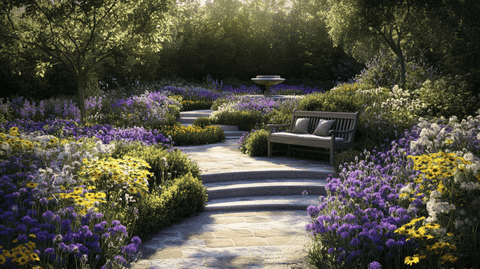
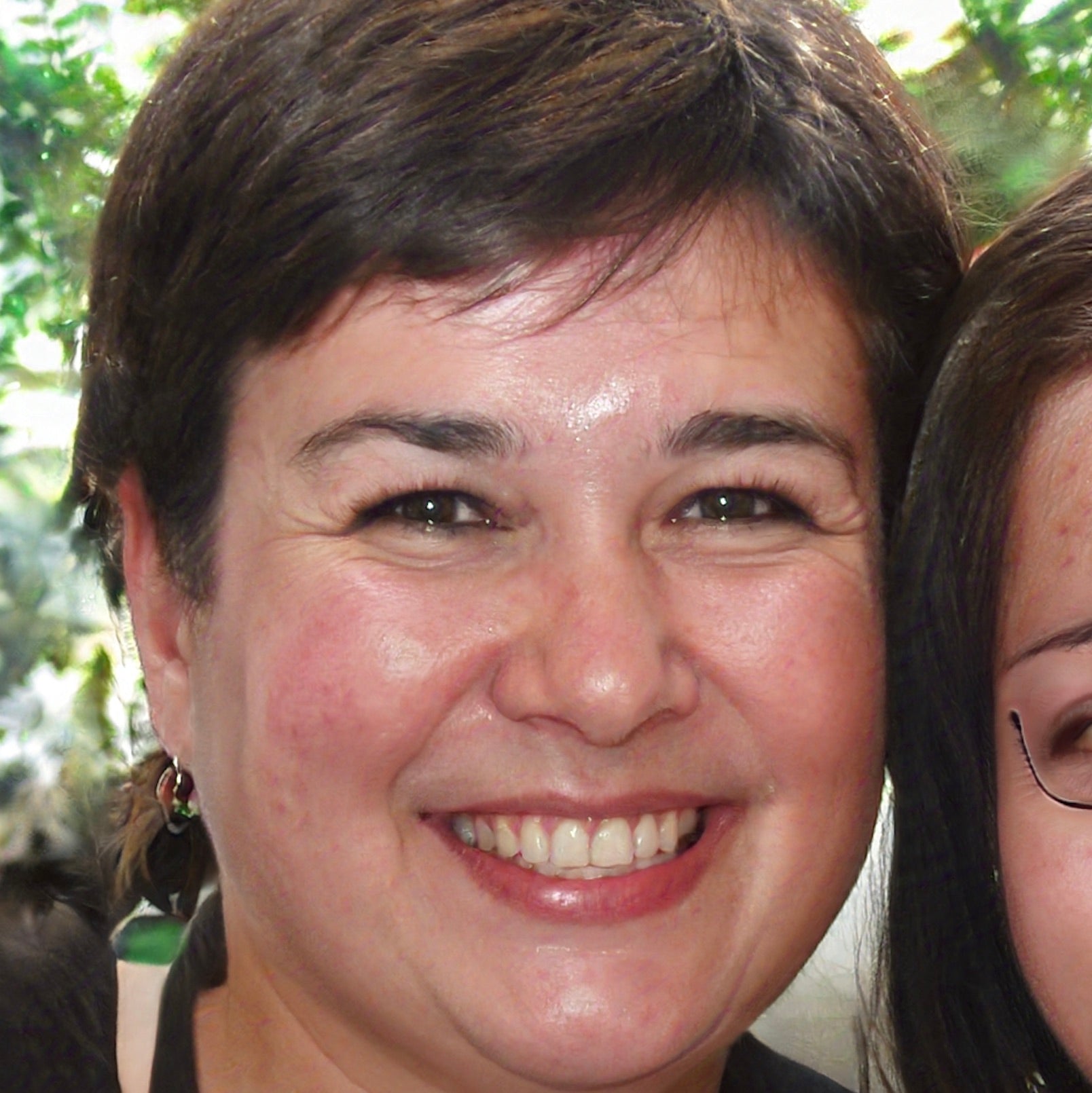










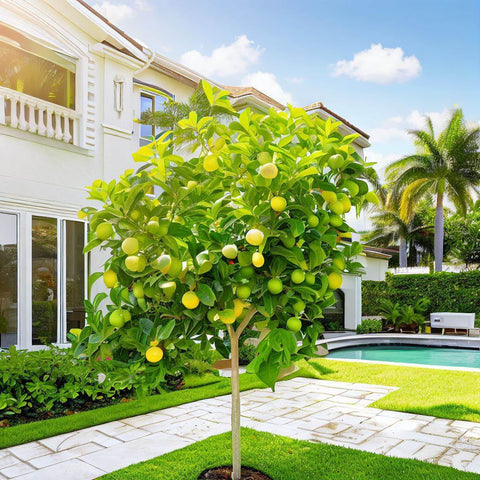


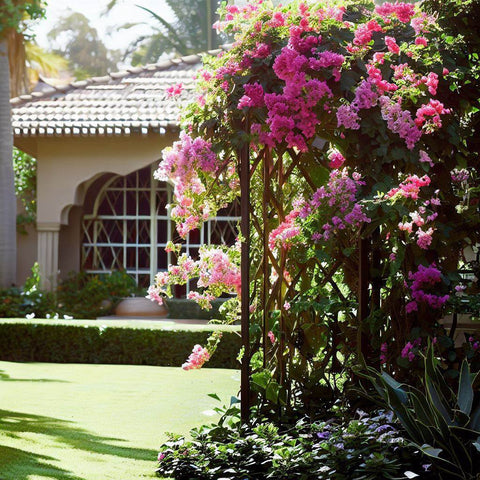
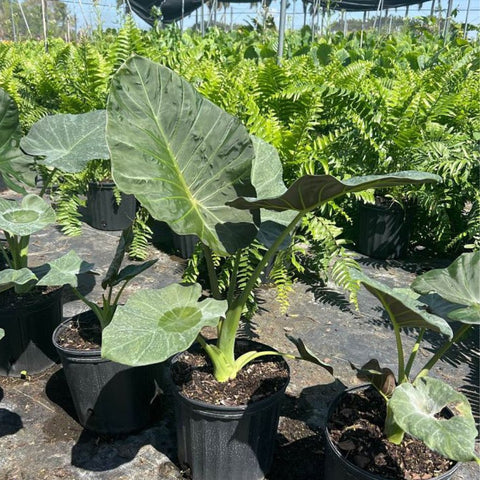
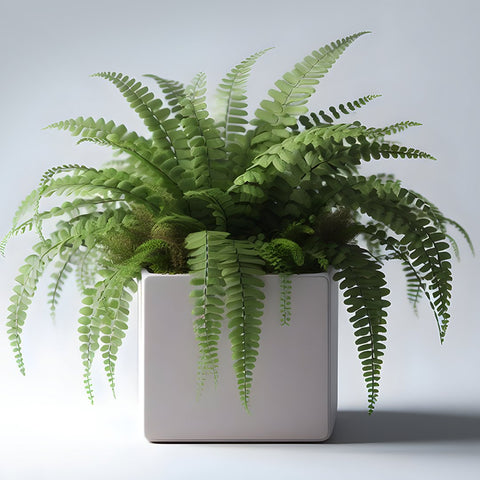
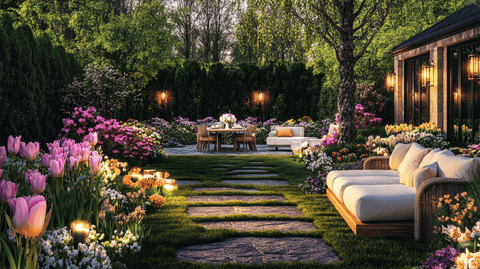
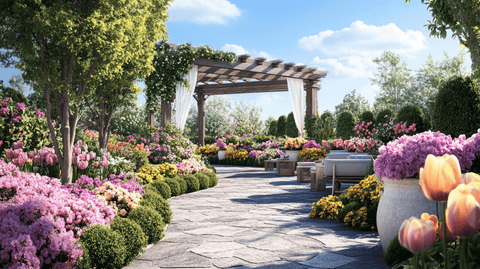









Comments (0)
There are no comments for this article. Be the first one to leave a message!